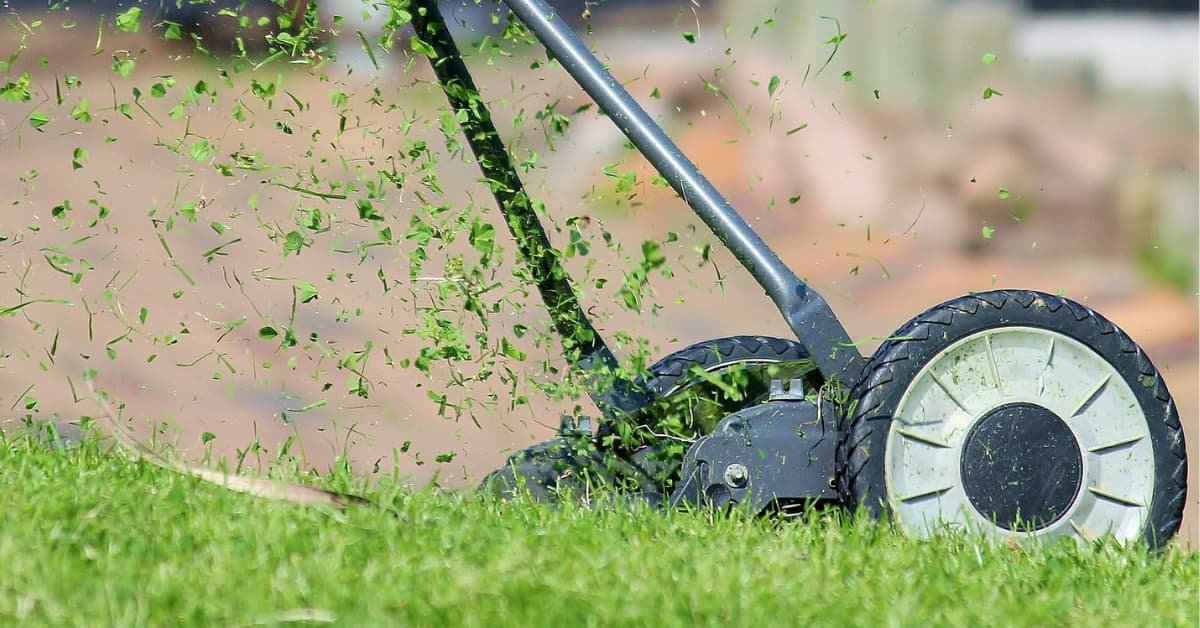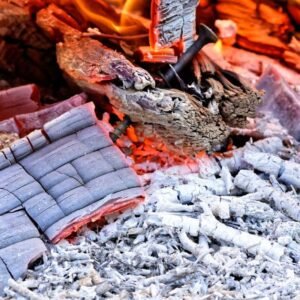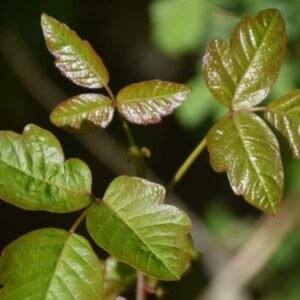
When it comes to gardening, grass clippings are like a hidden treasure. They can be used as mulch, which not only helps control slugs and insects but also provides vital nutrients to the soil.
By spreading a thin layer of grass clippings around your plants, you can create a natural barrier that keeps unwanted pests at bay while nourishing your garden at the same time.
In this article, we will explore the many uses of grass clippings, from using them as mulch to feeding them to livestock.
Short Summary
- Grass clippings can be used as mulch in the garden, providing a natural and cost-effective alternative to store-bought mulch.
- Grass clippings can be added to compost to provide nitrogen and speed up the decomposition process.
- Grass clippings can be used as feed for livestock and pets, but they should be dried before feeding to animals.
- Grass clippings can be used to build up raised beds, providing nutrients and helping to break down fibrous material.
Ways to Utilize Grass Clippings
I can use grass clippings in multiple ways, including as mulch in the garden, as feed for livestock, and to create layers in raised beds.
One of the main uses of grass clippings is for composting. By adding grass clippings to a compost heap, I can provide a good source of nitrogen, which helps speed up the decomposition process. To ensure proper decomposition, it’s recommended to add cardboard, straw, or paper to the compost heap, as this improves the nutritional content.
Additionally, grass clippings can be used to create a liquid fertilizer for plants. By mixing the clippings with water, I can create a nutrient-rich liquid feed that can be used to fertilize plants in the garden. This liquid feed is a great way to provide additional nutrients to plants and support their healthy growth.
Using grass clippings in these ways not only helps reduce waste but also provides numerous benefits for the garden. As mulch, grass clippings help control slugs and insects, while also retaining moisture in the soil. This can help improve the overall health and productivity of plants in the garden.
When used as feed for livestock, grass clippings can supplement their diet and provide a good source of nutrition. However, it’s important to note that the clippings should be dried before feeding them to animals to prevent any potential issues.
Lastly, using grass clippings to create layers in raised beds can help provide nutrients to the soil and reduce the need for additional compost. The clippings help break down fibrous material in the beds, creating a rich and fertile environment for plants to thrive.
Overall, grass clippings have multiple uses and benefits in the garden, making them a valuable resource for any gardener.
Benefits for Garden Soil
Improving garden soil can be achieved through the addition of nutrient-rich organic matter, such as grass clippings. When grass clippings are used as mulch, they break down over time and release valuable nutrients into the soil. The decomposing grass clippings provide a slow and steady supply of nitrogen, which is essential for plant growth and overall soil fertility.
This organic matter also helps to improve soil structure by increasing its ability to hold moisture and nutrients. As a result, plants are better able to access the necessary resources they need to thrive.
Additionally, using grass clippings as mulch can help to reduce weed growth in the garden. By creating a layer of grass clippings around plants, the mulch acts as a natural barrier that prevents weed seeds from germinating and growing. The mulch also blocks sunlight from reaching the soil surface, further inhibiting weed growth.
This not only saves time and effort in weed control but also reduces competition for nutrients and water between weeds and desired plants. Ultimately, incorporating grass clippings into the garden soil not only improves fertility but also helps to create a healthier and more manageable garden environment.
Feeding Livestock and Pets
Feeding livestock and pets is a great way to utilize the nutrient-rich grass clippings. Not only does it provide an additional source of food for them, but it also offers several benefits for their health.
Here are some key points to consider when using grass clippings as animal feed:
- Nutritional Value: Grass clippings are packed with essential nutrients such as protein, fiber, and vitamins. These nutrients contribute to a balanced diet for livestock and pets, promoting overall health and well-being.
- Cost-effective Option: Using grass clippings as animal feed can help reduce feed costs, especially for small-scale livestock owners. Instead of purchasing expensive commercial feeds, grass clippings provide a natural and affordable alternative.
- Digestive Health: The fiber content in grass clippings aids digestion in animals. It helps regulate their bowel movements and prevents digestive issues such as constipation. Additionally, the high moisture content in fresh grass clippings helps keep animals hydrated.
- Environmental Sustainability: Feeding grass clippings to livestock and pets is an eco-friendly practice. It reduces waste by repurposing a resource that would otherwise be discarded. By utilizing grass clippings as animal feed, we can contribute to a more sustainable and efficient agricultural system.
Incorporating grass clippings into the diet of livestock and pets can have numerous benefits. It not only provides them with a nutrient-rich food source but also promotes their overall health and well-being. By recognizing the value of grass clippings and incorporating them into animal feed, we can make a positive impact on both our animals and the environment.
FAQs:
How long does it take for grass clippings to decompose when used as mulch?
Grass clippings decompose as mulch within a few weeks to a few months, depending on factors like temperature and moisture. This decomposition rate benefits the garden by adding nutrients, improving soil structure, and suppressing weed growth.
Can grass clippings be used as a weed barrier in the garden?
Grass clippings can be used as a weed barrier in the garden. They help suppress weed growth by blocking sunlight and adding organic matter to the soil. Additionally, using grass clippings as livestock feed provides nutritional benefits to animals.
Are there any precautions or limitations when using grass clippings as mulch?
When using grass clippings as mulch, there are a few precautions and limitations to keep in mind. First, avoid using clippings from lawns treated with pesticides. Second, use thin layers to prevent matting and rotting. Lastly, avoid using clippings that are excessively wet or moldy.
Can grass clippings be used to improve the quality of soil in raised beds?
Yes, grass clippings can be used to improve the quality of soil in raised beds. They contribute to soil fertility by providing essential nutrients and organic matter, which helps retain moisture and promotes healthy plant growth. Using grass clippings in raised beds has numerous benefits.
Is there a specific type of grass that is recommended for use as livestock feed?
There are several recommended grass types for livestock feed, such as Timothy grass and Bermuda grass. Using grass clippings as livestock feed has advantages, including providing a good source of nutrients and reducing feed costs.



